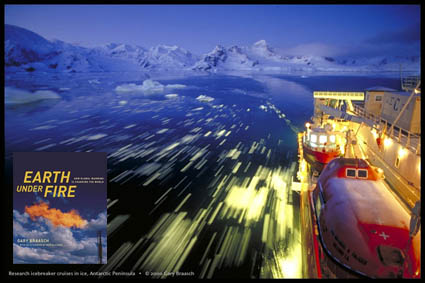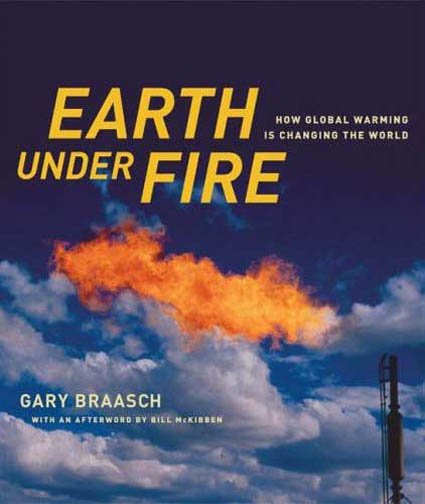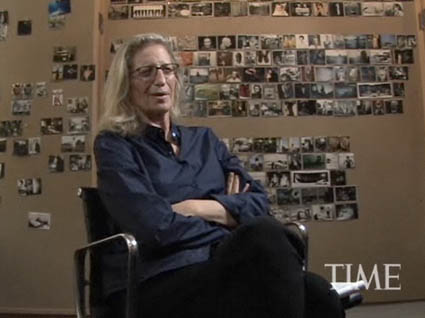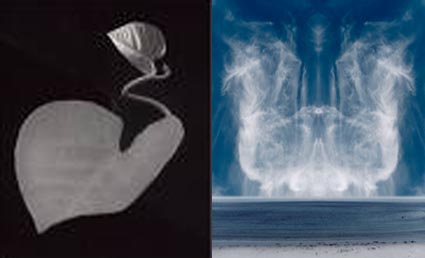
Alternative process master Christopher James speaks in this in-depth conversation.
“The salted paper process is unpretentious, low in acidity, with hints of pencil lead and musty cork and intense spicy aromas of cinnamon, beach plum, and low tide. It has an “old world” nose and often pampers the optical palate with a touch as light as a feather. A perfect salt print has shades of aubergine and is delicate, subtle, understated, and prized for its shyness.
The kallitype is a muscular and exuberant process possessing, upon first impression, a rich, briary, saddle leather, and full bodied character that would pair well with sardines or fried clams. It is so black it even tastes tarry. But if the intensity of the blackness borders on too severe, it redeems itself with textural finesse. Often mistaken for platinum, the kallitype has a reputation for yellowing in its highlights, a condition that can be rectified by developing it in a soothing blend of sodium acetate and ammonium citrate.
The anthotype is a charming and organic process that celebrates all of the components of a great honeymoon… flowers, alcohol, and long exposures to sunlight. It is a fragrant and aromatic process that is chemical free, magical, and yields a romantic and diffused image that Pre-Raphaelites and grammar school children love.
The gum bichromate process is a mischievous little technique that is renowned for rewarding the playful and patient. Practitioners who indulge in this time consuming exercise are universally pleased with a full throttled and multi-chromatic runway to creative adventure. Gum prints are dense, chewy, and robust and improve with age. When they have reached their perfect end, they are loaded with opulent, even unctuous layers of fruity coloration, and a huge bouquet with a plump, luxurious, texture that is quite decadent.”
Read the full conversation here.
Read this month’s issue of Camera Arts and see a portfolio of Chris’ work.
Find out more about Chris here.
Find his new book here.
Sign up for Insights and get previews of upcoming conversations here.









 Acclaimed wildlife photographer Moose Peterson speaks in this in depth conversation.
Acclaimed wildlife photographer Moose Peterson speaks in this in depth conversation.